Robotic Knee Replacement Surgery:
A Precise Approach to Pain Relief
Robotic Knee Replacement
Surgery
Robotic knee replacement knee replacement is a cutting-edge technology revolutionising how we perform knee surgeries.
This minimally invasive procedure offers several advantages over traditional techniques, potentially leading to a faster recovery and better outcomes.
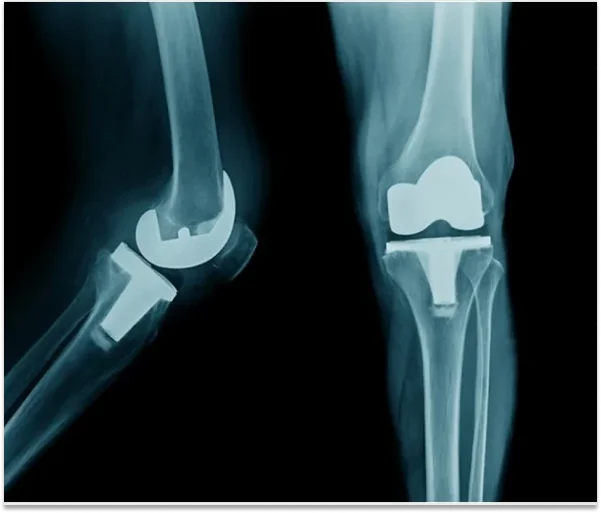
Reasons for Surgery
Osteoarthritis:
Degeneration of the joint cartilage, leading to pain and stiffness.
Rheumatoid arthritis:
Inflammation and damage to the joint lining.
Post-traumatic arthritis:
Joint degeneration after a knee injury.
Avascular necrosis:
Death of bone tissue due to lack of blood supply.
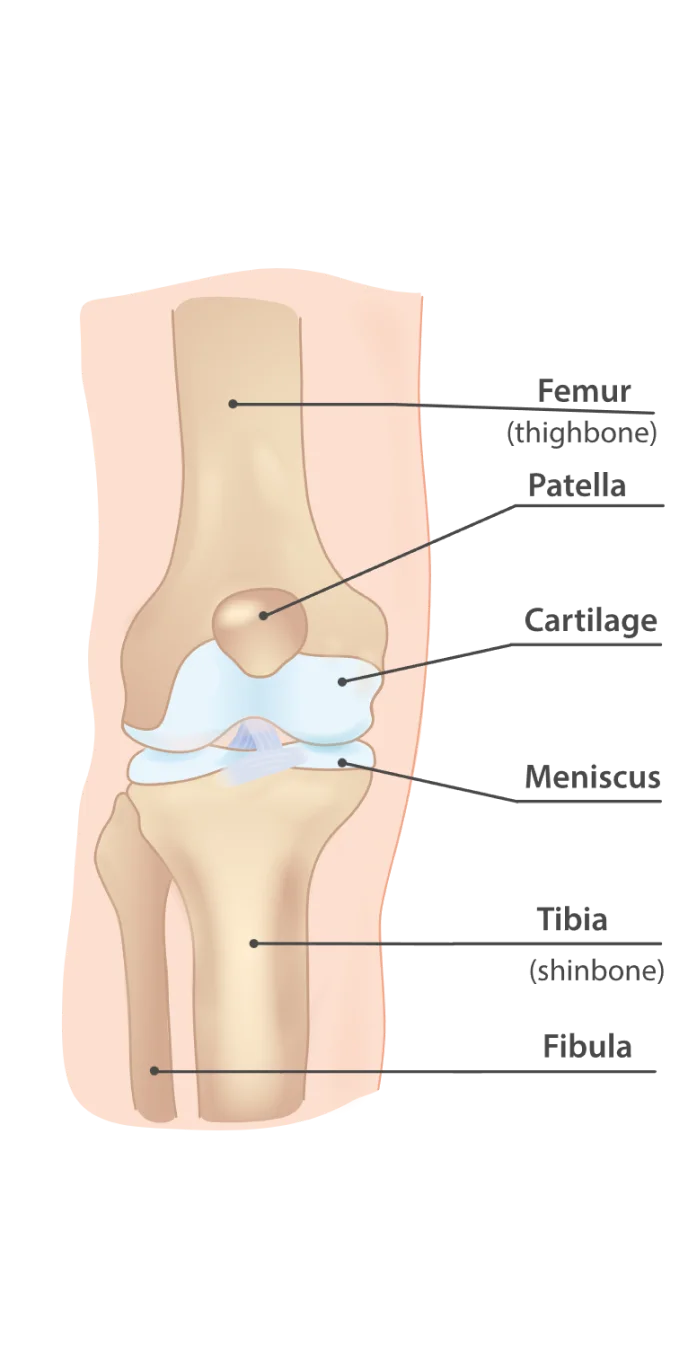
Conditions Treated
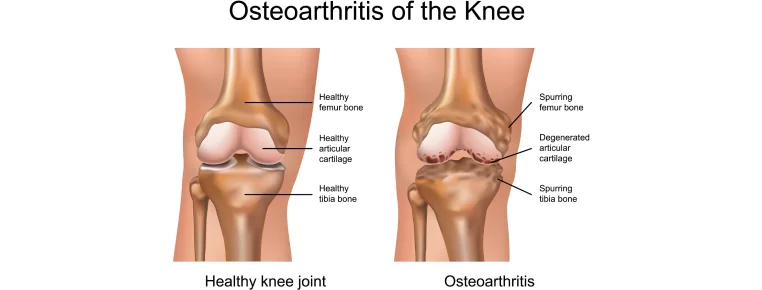
Chronic knee pain
Severe pain that interferes with daily activities.
Stiffness and limited mobility
Difficulty bending or straightening the knee.
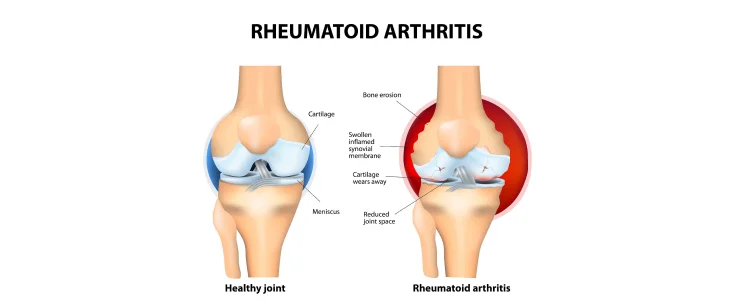
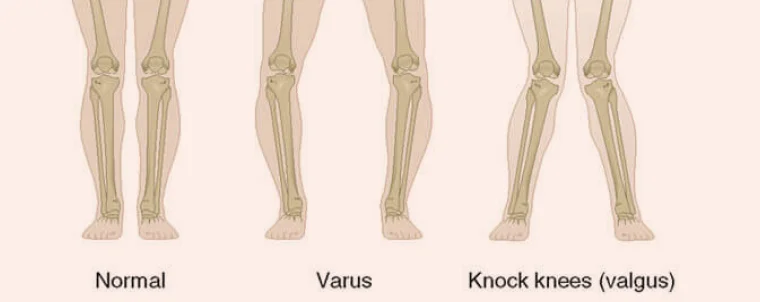
Instability
Feeling of the knee giving way or buckling
Types of Knee Replacement
There are different types of knee replacements, depending on which parts of the joint need to be replaced:

Total knee replacement
Replaces all three compartments of the knee joint.
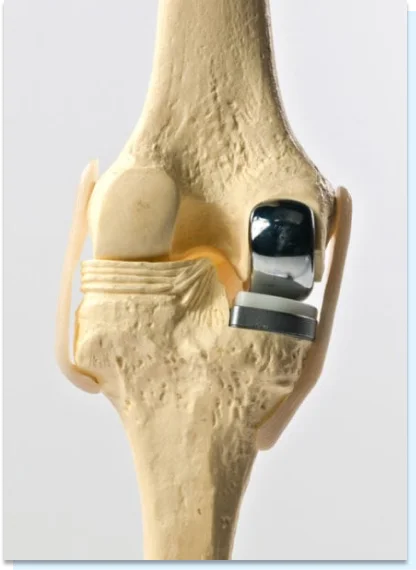
Partial knee replacement
Replaces only one or two compartments.
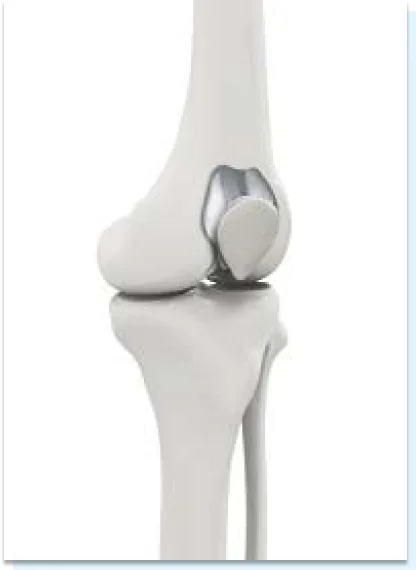
Patellofemoral replacement
Replaces the kneecap and underlying trochlear groove.
Types of Robotic Knee Replacement
There are two main types of robotic knee replacement systems:
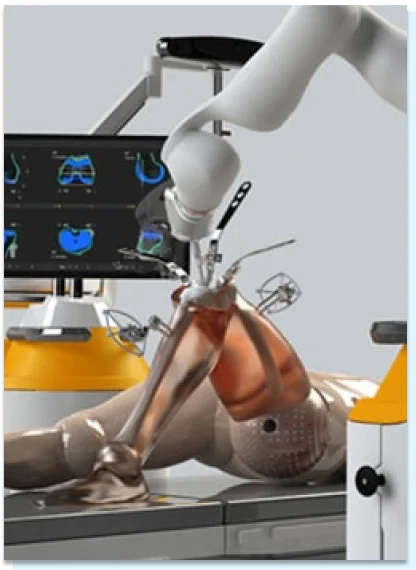
Active robotic systems
The robotic arm actively assists the surgeon in bone preparation and implant placement.
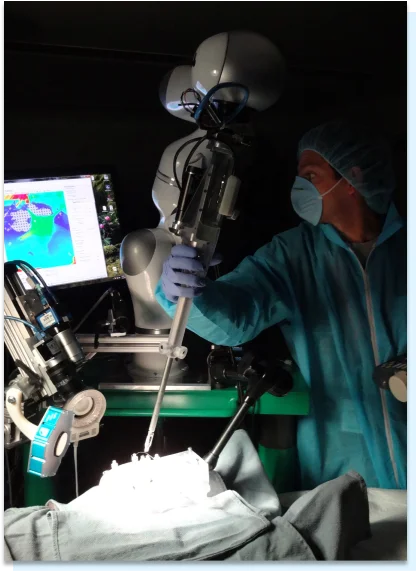
Passive robotic systems
The robotic arm provides guidance and feedback to the surgeon, but the surgeon retains full control of the instruments.
Surgical Approaches
Robotic knee replacement utilizes minimally invasive techniques similar to traditional TKA. These include –
Quadriceps-sparing approach: Minimizes muscle disruption for faster recovery.
Subvastus approach: Creates a smaller incision through the Vastus Medialis muscle.
Knee Surgery Process
Recovery
After robotic knee replacement, you can expect a faster and less demanding recovery compared to traditional TKA.
Most patients can go home within 1-2 days after surgery and begin physical therapy immediately.
The recovery process typically takes several weeks, but patients generally experience a faster return to daily activities and improved quality of life.This is due to
